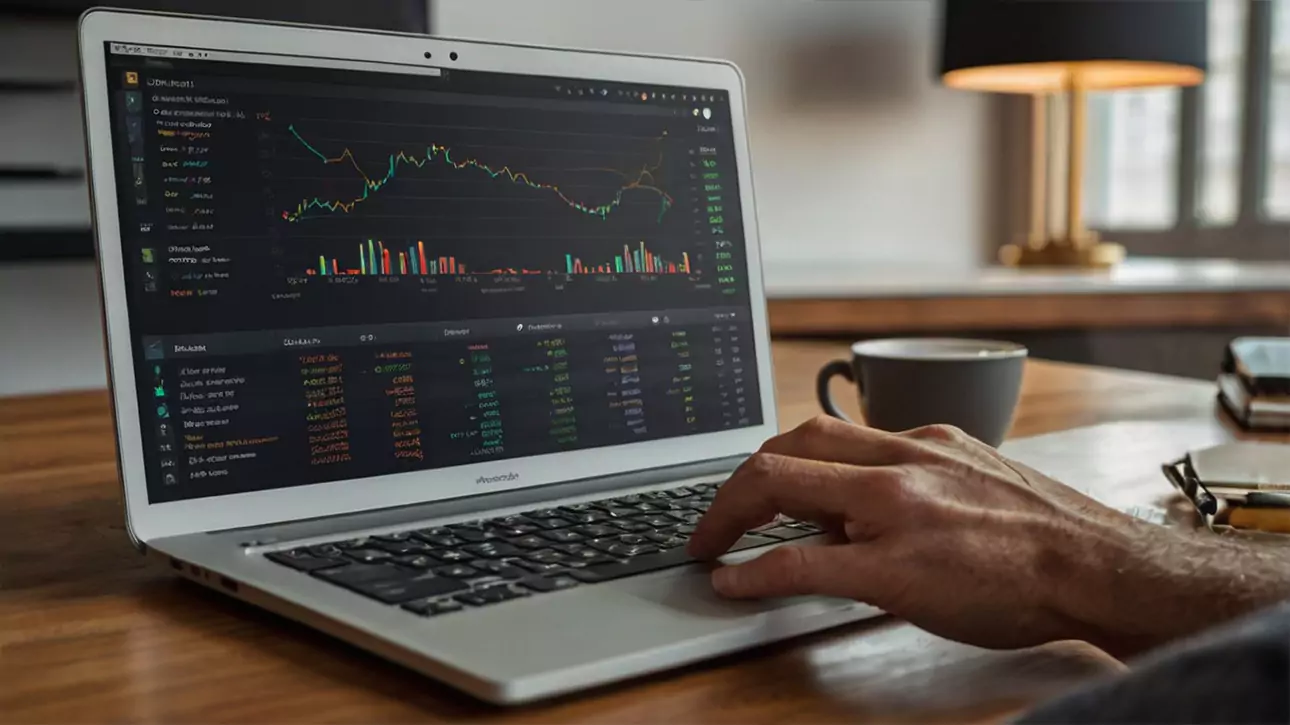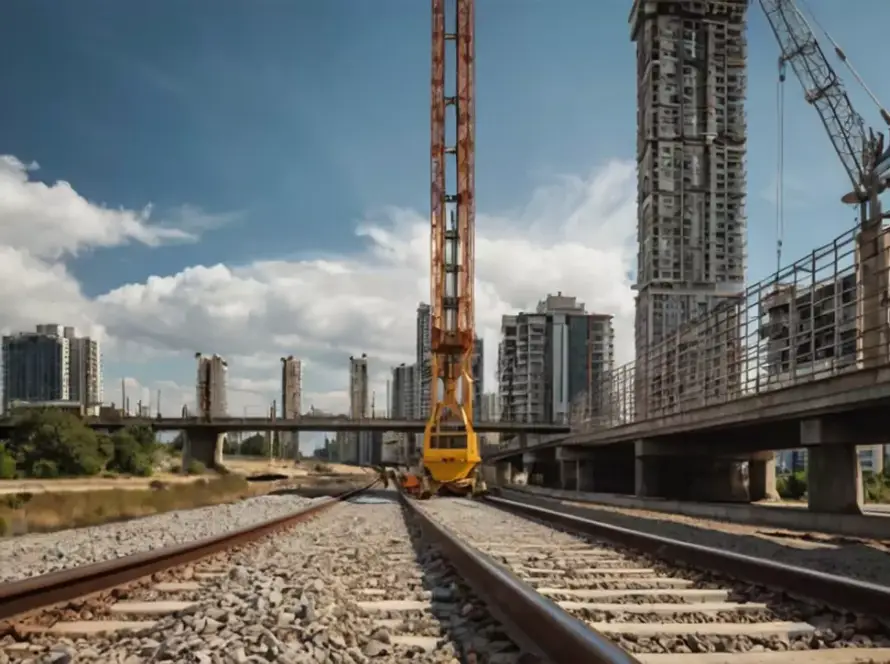Remote projects in the Middle East and Africa often come with unique challenges — difficult terrain, limited local resources, and communication gaps. These factors make cost control particularly tricky but absolutely critical to project success.
Without strong oversight, costs can spiral out of control, risking delayed delivery and budget overruns. Here’s how to maintain tight financial control even when your project team is miles away.
1. Implement Real Time Cost Tracking Systems
Technology is your best friend in remote cost control. Use cloud based Project Management Information Systems (PMIS) that integrate:
- Budget tracking
- Procurement status
- Change order approvals
- Cash flow forecasts
This gives you real time visibility to quickly identify and address cost deviations.
2. Standardize Procurement and Contracting Processes
Remote sites are prone to procurement irregularities and delays. Standardize:
- Tender documentation
- Vendor evaluation criteria
- Contract terms with clear payment milestones
Clear procurement protocols reduce fraud risk and prevent costly contract disputes.
3. Deploy Local Cost Control Champions
Appoint trusted local cost controllers who:
- Verify invoices and payments on site
- Monitor material and labor usage
- Report directly to central finance and project managers
Local presence is essential for accurate cost verification and timely issue resolution.
4. Conduct Frequent Financial Audits and Spot Checks
Regular audits—both scheduled and surprise—help detect discrepancies early. Combine with:
- Physical inventory checks
- Time sheet verification
- Subcontractor performance reviews
Frequent reviews reduce leakage and keep contractors accountable.
5. Establish Clear Change Management Procedures
Uncontrolled scope changes are a top cause of budget blowouts. Ensure:
- Formal change requests and approvals
- Cost impact assessments
- Updated baselines and communication to stakeholders
This discipline helps contain costs even when project realities shift.
6. Use Data Analytics and Reporting Dashboards
Visual dashboards with KPIs like Cost Performance Index (CPI) and Earned Value Management (EVM) metrics empower you to:
- Spot cost overruns early
- Forecast budget needs
- Make data driven decisions
Many PMIS solutions offer customizable analytics for remote monitoring.
7. Maintain Strong Stakeholder Communication
Remote projects must maintain transparent communication channels with:
- Funders and donors
- Contractors and suppliers
- Community representatives
Timely updates build trust and help coordinate cost saving interventions.
Cost control on remote projects isn’t impossible. With the right systems, local presence, and proactive oversight, you can confidently keep budgets in check—no matter the distance.




